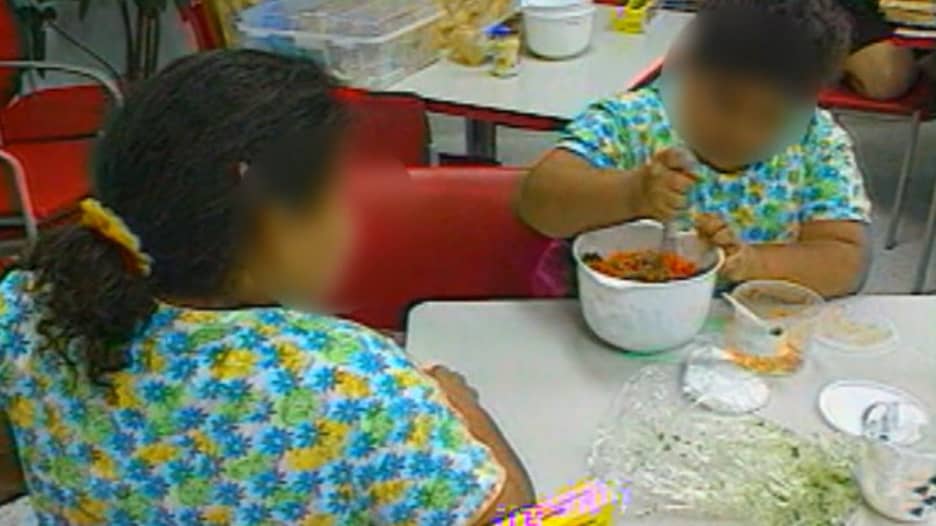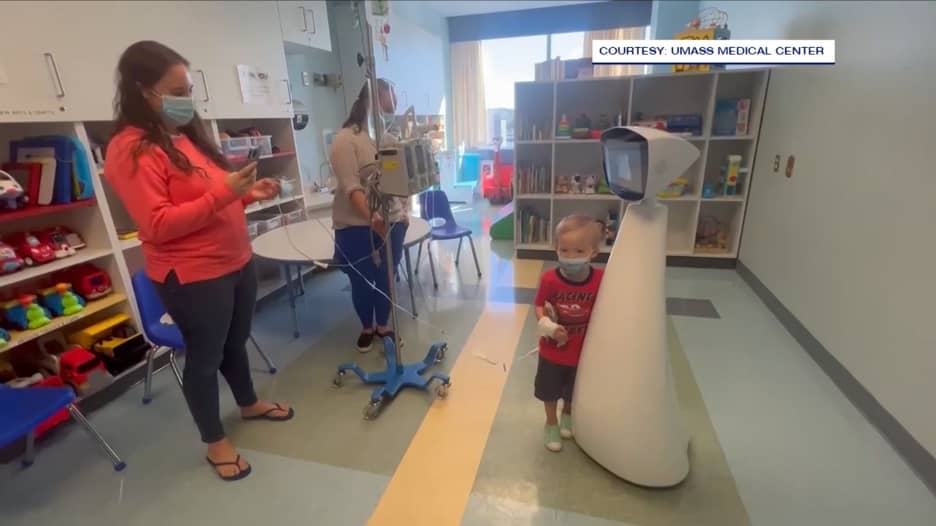دبي، الإمارات العربية المتحدة (CNN)-- الوقت تأخّر.. العشاء على النار.. الهاتف يرن.. وبدأت نوبة غضب طفلك.. في معظم الأحيان، تساعد شاشات الأجهزة الإكترونية على تهدئته قليلًا.
لكنّ دراسة جديدة نُشرت في مجلة JAMA Pediatrics الإثنين، أظهرت أنّ تهدئة الطفل باستخدام الأجهزة الرقمية قد يؤدي إلى مزيد من المشاكل مع تفاعلهم العاطفي.
ونظر الباحثون في 422 ردود فعل من الوالدين ومقدمي الرعاية لتقييم مدى احتمال استخدامهم للأجهزة من أجل إلهاء أطفالهم، الذين تتراوح أعمارهم من 3 و5 سنوات، وكيف كان سلوكهم على مدى ستة أشهر.
وبحسب الدراسة، فإن استخدام الأجهزة الرقمية على نحو متكرّر لصرف الانتباه عن السلوك المزعج والمضطرب، مثل نوبات الغضب، كان مرتبطًا بمزيد من الاضطراب العاطفي لدى الأطفال.
وقالت الدكتورة جيني راديسكي، مؤلفة الدراسة الرئيسية، وطبيبة الأطفال السلوكية التنموية: "عندما يمر طفلك بلحظة عاطفية صعبة، يعني أنه يصرخ ويبكي بشأن أمر ما، فإنه يشعر بالإحباط، وربما يضرب أو يركل أو يستلقي على الأرض.. إذا كانت الاستراتيجية التي تتبعها هي تشتيت انتباههم أو جعلهم يلتزمون الصمت باستخدام الوسائط الإلكترونية، فإن هذه الدراسة تشير إلى أن ذلك لا يساعدهم على المدى الطويل".
وأوضحت راديسكي أن هذه الطريقة لا تساعد الطفل على مواجهة مشاعره الصعبة والاستجابه لها. ليس ذلك فحسب، إنما تدفعهم للاعتقاد بأن مشاعرهم الصعبة تمثّل وسيلة فعالة للحصول على ما يريدون.
وتتماهى الدراسة مع التوصيات الحالية الصادرة عن الأكاديمية الأمريكية لطب الأطفال، والأكاديمية الأمريكية للطب النفسي للأطفال والمراهقين، ومنظمة الصحة العالمية، بأنّ الأطفال الذين تتراوح أعمارهم بين 2 و5 سنوات يجب أن يكون وقت المشاهدة محدودًا للغاية، بحسب ما ذكرته الدكتورة جويس هاريسون، الأستاذة المشاركة في الطب النفسي والعلوم السلوكية في كلية جونز هوبكنز للطب في بالتيمور.
ماذا تفعل؟
توصي راديسكي بتعليم الأطفال كيفية التعرّف على مشاعرهم والاستجابة لها بطرق مفيدة.
وبدلاً من معاقبة تعبيرهم عن الإحباط أو الغضب أو الحزن بوقت مستقطع، قالت راديسكي إنه قد يكون من الجيد إنشاء مكان مريح للأطفال لتجميع مشاعرهم.
ويجب أن تكون الرسالة: "أنت لست شخصًا سيئًا بسبب مشاعرك الكبيرة، تحتاج فقط إلى إعادة ضبطها. نحن جميعًا بحاجة إلى إعادة ضبطها أحيانًا".
وقالت إنه يمكن أن يكون من المفيد لمقدمي الرعاية مساعدة الأطفال على تسمية مشاعرهم، وتقديم الحلول عندما يستجيبون بشكل غير لائق لتلك المشاعر.
لكن في بعض الأحيان، يكون الحديث عن العواطف مجرّدًا جدًا بالنسبة للأطفال في سن ما قبل الدخول إلى المدرسة، وفي تلك الحالات توصي راديسكي باستخدام الألوان للتحدث عن العواطف.






